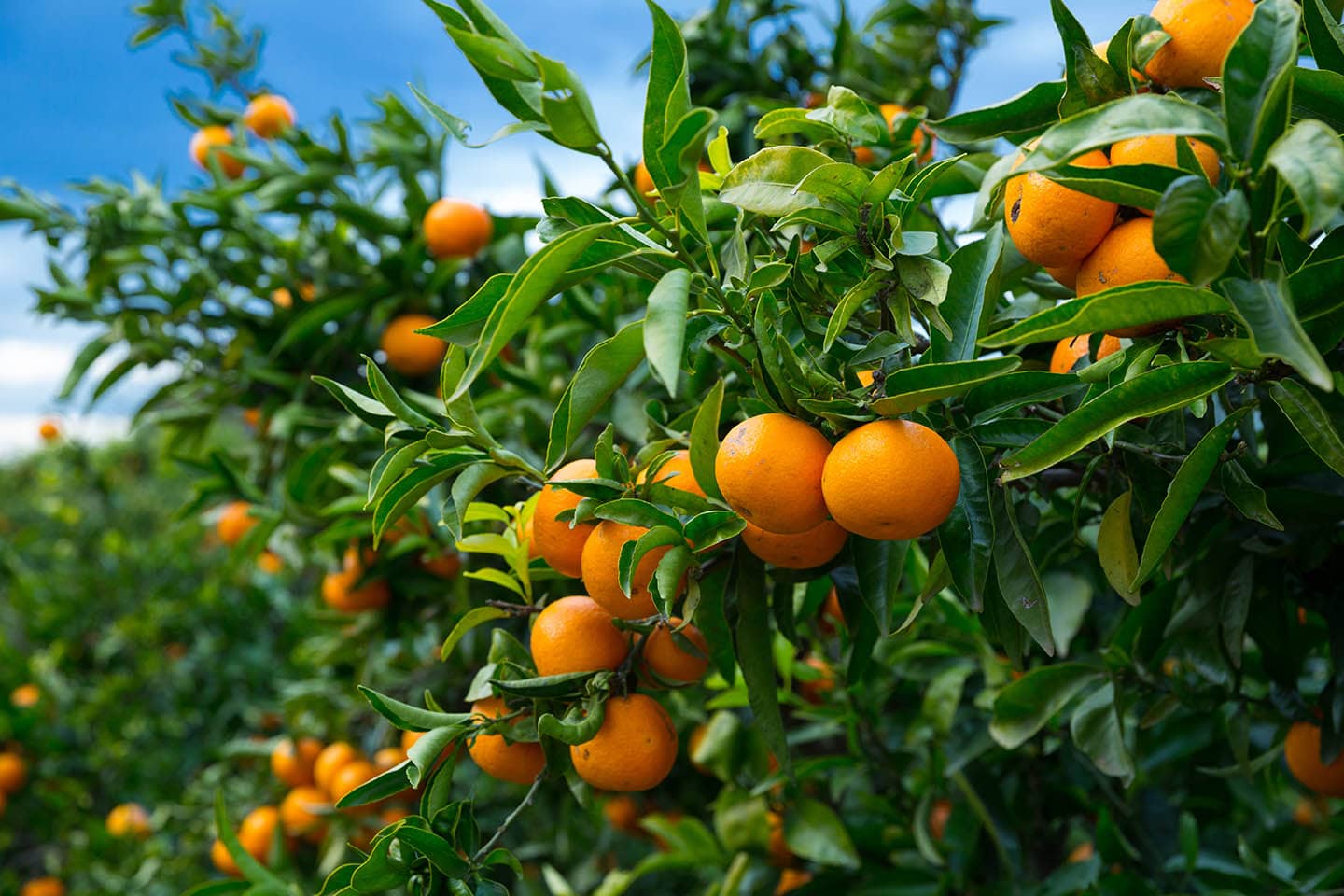ZDDT Facilitate Tree Grafting Workshop
- Written by: Mollett Ndebele

Image © Adobe Images
Orchards make up a growing component of ZDDT supported gardens as they, not only broaden the value and range of nutrition in the diet, but provide a variety of materials for jam manufacture.
Grafting is a horticultural technique whereby tissues of plants are joined so as to continue their growth together.
During a discussion on the trust's Garden Information Platform group, the Zimbabwe Development Democracy Trust (ZDDT) Horticulture Consultant, Yvonne Berkhout, said just take two trees and fuse them into one.
"The lower part is called the rootstock and is used to form the roots of the fruit tree. This part of the tree controls how tall the tree will grow. The other section of the graft is the scion, which is used to form the fruiting portion of the tree. A scion is the upper portion of a graft which is responsible for characteristics such as fruit type, flavour and colour.
"In this case, a pear called Packhams Triumph, has been grafted onto a strong growing rootstock. The rootstock is generally a fast growing, hardy variety of pear which doesn't bear quality fruit whereas the stem stock (above the graft) will be from a heavy bearing, tasty variety. Grafted fruit trees will generally start bearing fruit in their second year, whereas fruit trees grown from pips take about 5 years to bear, if at all," she said.
Orchards make up a growing component of ZDDT supported gardens as they, not only broaden the value and range of nutrition in the diet, but provide a variety of materials for jam manufacture.
In addition, orchards can be grown successfully on waste land, or areas not fit for cultivation, thereby maximising land use.
"To start grafting I need to grow root stocks first and these will be from lemon pips since we are coming into their season. We will remove pips from an over ripe rough skin lemon and plant them. This will give us a hardy rootstock, when the stems of the rootstock are about finger thick, we will graft on stem stock from selected oranges, grapefruit, lemon and naartjies.
"Citrus trees, like oranges, grapefruit and naartjies, are almost always grafted onto lemon tree rootstock as lemons are harder than other citrus. In terms of cost, grafted trees are always more expensive than those grown from pips but you are assured of quick bearing trees producing abundant fruit of a known standard," said Berkhout.
ZDDT promotes self-help through innovation and technological development in improving the lives of society's most compromised.
